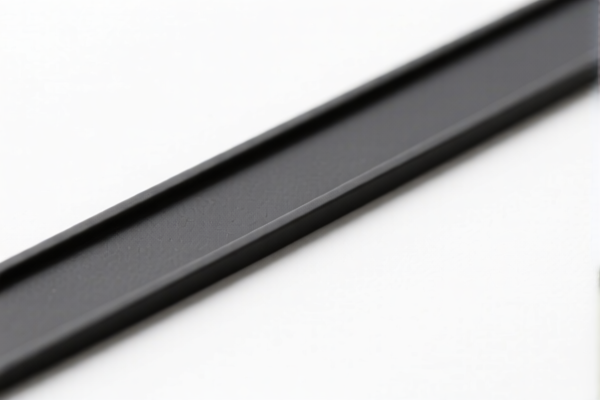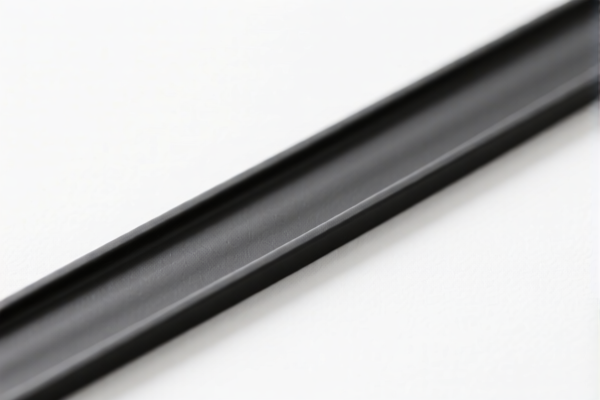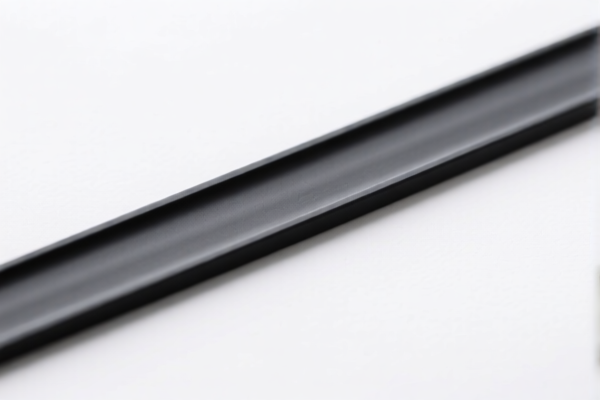| HS Code | Official Doc | Tariff Rate | Origin | Destination | Effective Date |
|---|---|---|---|---|---|
| 4007000000 | Doc | 55.0% | CN | US | 2025-05-12 |
| 4016993510 | Doc | 55.0% | CN | US | 2025-05-12 |
| 4016993550 | Doc | 55.0% | CN | US | 2025-05-12 |
| 3913901000 | Doc | 55.0% | CN | US | 2025-05-12 |
| 3913905000 | Doc | 61.5% | CN | US | 2025-05-12 |
| 3916903000 | Doc | 61.5% | CN | US | 2025-05-12 |




Rubber String
Rubber string, also known as elastic cord, bungee cord, or simply rubber band, is a versatile material with a wide range of applications due to its elasticity.
Material
The primary component is natural rubber, often sourced from the latex of the Hevea brasiliensis tree. However, synthetic rubbers like neoprene, SBR (styrene-butadiene rubber), and polyurethane are also commonly used, particularly for applications requiring greater durability, resistance to chemicals, or specific temperature ranges. The rubber is typically processed and extruded into a continuous strand, often with a fabric covering (usually nylon) for added strength and to control stretching. The covering is braided or knitted to provide a specific elongation percentage.
Purpose
The core purpose of rubber string is to provide restoring force when stretched. This makes it suitable for applications requiring tension, binding, shock absorption, or propulsion.
Function
Rubber string functions based on the principle of elasticity. When a force is applied, the polymer chains within the rubber material stretch and elongate. Upon release of the force, these chains return to their original configuration, exerting a force in the opposite direction. The amount of force exerted is proportional to the amount of stretch, within the material’s elastic limit.
Usage Scenarios
- Binding & Securing: Commonly used to bundle items together (e.g., office supplies, luggage, firewood).
- Exercise & Fitness: Resistance bands used for strength training and physical therapy.
- Industrial Applications: Shock absorption in machinery, suspension systems, and packaging.
- Recreational Activities: Bungee jumping, slingshots, and various DIY projects.
- Crafts & Hobbies: Used in model making, toy construction, and general crafting.
- Medical Applications: Surgical tubing and other medical devices requiring flexibility and resilience.
Common Types
- Natural Rubber Bands: General purpose, good elasticity, suitable for light to medium-duty applications. Prone to degradation from UV light and oils.
- Synthetic Rubber Bands (Neoprene, SBR): More durable, resistant to oils, chemicals, and UV light. Often used in outdoor or industrial environments.
- Polyurethane Rubber Bands: Highest strength and abrasion resistance, used in heavy-duty applications and where high performance is required.
- Bungee Cord: Thick, often coated rubber string used for securing loads, recreational activities, and shock absorption. Available in various diameters and lengths.
- Theraband/Resistance Bands: Specifically designed for exercise and physical therapy, available in different color-coded resistance levels.
- Surgical Tubing: Medical-grade rubber tubing used for various medical procedures and devices.
Rubber string can be classified under several HS codes depending on its specific composition and form. Here's a breakdown of potential classifications based on the provided information:
- 4007000000: This HS code covers vulcanized rubber thread and cord. This is a direct match if the rubber string is manufactured as thread or cord through a vulcanization process. Chapter 40 relates to rubber and articles thereof. Heading 07 specifically covers vulcanized rubber.
- 4016993510: This HS code covers other articles of vulcanized rubber other than hard rubber: Other: Other: Of natural rubber: Rubber bands. If the rubber string is made of natural rubber and is in a band form, this code may be applicable. Chapter 40 covers rubber and articles thereof, Heading 16 covers articles of vulcanized rubber, and the subsequent numbers further specify the material (natural rubber) and type (rubber bands).
- 4016993550: This HS code covers other articles of vulcanized rubber other than hard rubber: Other: Other: Other: Of natural rubber: Other. If the rubber string is made of natural rubber but doesn't fall into the 'rubber bands' category, this code could be used. Chapter 40 covers rubber and articles thereof, Heading 16 covers articles of vulcanized rubber, and the subsequent numbers further specify the material (natural rubber) and a general 'other' category.
- 3913901000: This HS code covers natural polymers (for example, alginic acid) and modified natural polymers (for example, hardened proteins, chemical derivatives of natural rubber), not elsewhere specified or included, in primary forms: Other: Chemical derivatives of natural rubber. If the rubber string is a chemical derivative of natural rubber in its primary form, this code may be applicable. Chapter 39 covers plastics and rubber articles thereof, Heading 13 covers natural polymers, and the subsequent numbers specify chemical derivatives.
- 3913905000: This HS code covers natural polymers (for example, alginic acid) and modified natural polymers (for example, hardened proteins, chemical derivatives of natural rubber), not elsewhere specified or included, in primary forms: Other: Other. If the rubber string is a natural polymer or modified natural polymer in primary form but doesn't fall into the 'chemical derivatives' category, this code could be used. Chapter 39 covers plastics and rubber articles thereof, Heading 13 covers natural polymers, and the subsequent numbers specify a general 'other' category.
According to the provided reference material, the HS code options related to 'rubber string' are limited, with only the following 6 found.
It is important to determine the exact composition and manufacturing process of the rubber string to select the most accurate HS code. If the string is a chemical derivative of natural rubber, codes under Chapter 39 may be more appropriate. If it's simply vulcanized rubber in thread or cord form, Chapter 40 is likely the correct classification.
Customer Reviews
No reviews yet.